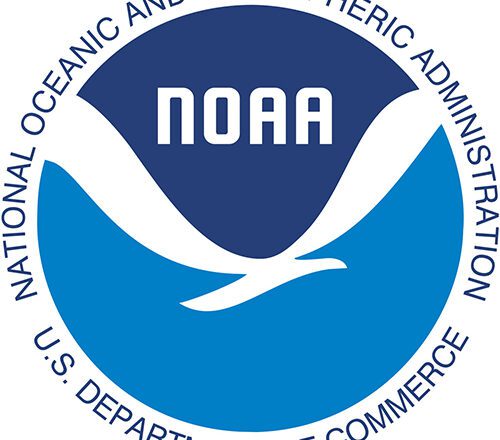Sonar Monitoring on Seafloor Shows Pollock Traveling Between U.S., Russia EEZs
A new federal fisheries study released June 20 shows that substantial numbers of pollock travel seasonally between the two U.S. and Russian exclusive economic zones (EEZ).
The study, conducted from July 2019 to August 2020, used specially designed moorings, equipped with sonar on the seafloor, to acoustically monitor pollock abundance and movement between the two EEZs.
They documented pollock moving southeast over the maritime boundary in winter as the sea ice formed, but largely absent in late spring when ocean temperatures were near freezing and sea ice was still present, biologists with the National Oceanic and Atmospheric Administration said.
When moorings were deployed in summer 2019, the area was unusually warm but conditions were cooler in summer 2020, according to NOAA...


